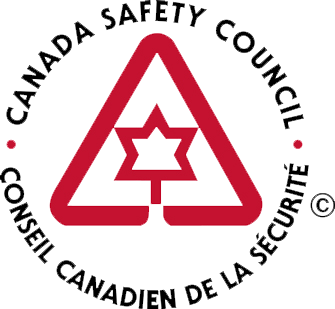- Main Page
- Canada's Driving News
- Canada could face gaps in GPS service as U.S. satellites age
Canada could face gaps in GPS service as U.S. satellites age
 The U.S. may not be able to replace its aging global positioning system satellites before they start to fail, a U.S. government report says, and that could lead to GPS service gaps in Canada during the next few years.
The U.S. may not be able to replace its aging global positioning system satellites before they start to fail, a U.S. government report says, and that could lead to GPS service gaps in Canada during the next few years.
“The first place we’re going to see it [if it happens] is in applications where already there is some obstruction of the sky — in open pit mines … and navigating in vehicles in cities,” said Richard Langley, a professor of geodesy and geomatics engineering at the University of New Brunswick Wednesday.
That is because GPS devices need a clear “view” of the sky in order to receive signals from the satellites.
“If the number of satellites continues to drop, then it’s possible that other applications might get affected,” he added.
Langley, who has written a book on GPS positioning and is a columnist and contributing editor of GPS World magazine, was responding to a report from the U.S. Government Accountability Office that said it “is uncertain whether the air force will be able to acquire new satellites in time to maintain current GPS service without interruption.”
Old satellites may start failing in 2010
The replacement of current aging U.S. government-owned GPS satellites, which Canada relies on, has already been delayed almost three years and is nearly $1 billion over budget, the report said. If there are any further delays in the deployment of the next-generation IIF satellites, “there will be an increased likelihood that in 2010, as old satellites begin to fail, the overall GPS constellation will fall below the number of satellites required to provide the level of GPS service that the U.S. government commits to.”
That could lead to gaps in service for both military and civilian users, said the report released earlier in May. In Canada, Langley said, some of those include:
- Drivers who use GPS to navigate city streets.
- The transportation industry, which uses GPS for air, ground and marine navigation.
- Surveyors.
- The resources industry, which uses it for a variety of applications including managing safety at sites such as open-pit mines.
- Farmers, who use it to improve efficiency when they sow seeds or apply fertilizer.
- Researchers such as Langley, who uses the technology to study the ionosphere, the uppermost layer of the atmosphere.
Langley said the U.S. report highlights an important issue, but “we’re not quite at a Chicken Little situation. I think the U.S. air force will do its utmost to make sure GPS does remain operational.”
6 extra satellites
GPS was designed to operate with just 24 satellites and there are currently 30 in orbit that are working, he said. The extra satellites help the service operate better in places like cities and mines where some of the signals may be blocked.
However, Langley said, even if some of the GPS satellites start to fail, the Russian GLONASS satellite system can be used as an alternative.
In addition, both Europe and China are developing their own satellite systems.
Galileo, the European system, currently has two test satellites in orbit and is scheduled to launch its first operational satellites in 2010.
Receivers made by Calgary-based Novatel already have the ability to combine GPS and GLONASS data, Langley said, and are working to develop hardware that could use Galileo signals.
Because of all the alternatives that will soon be available, even if there is a temporary gap in satellite mapping and navigation service in the next year or two, similar problems are unlikely to arise in the future, Langley suggested.
In the meantime, he said, the cost of launching such systems, in the billions of dollars, means that Canada is unlikely to invest in its own system.
“And given the fact that there are these other systems up there,” he added. “There’s clearly no need for a separate system.”

